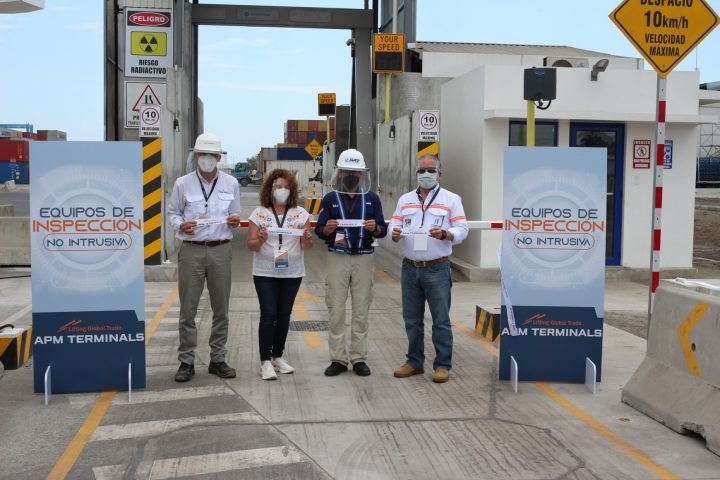
Real-time X-Ray scanners at APMT Quetzal digitalises customs process
APM Terminals Quetzal’s (APMTQ) $7 million investment into cutting-edge X-Ray inspection equipment is part of an unprecedented digitalisation drive of the Guatemalan Puerto Quetzal.
The non-intrusive scanning equipment, allowing 100% of inflowing and outflowing cargo to be inspected with real-time imagery, is currently under testing and will be activated on 1 May 2022.
Working with Guatemalan customs, the terminal scanners provide dynamic and transparent imagery of a cargo’s hold remotely to a variety of public stakeholders.
Streamlining through technology
Gabriel Corrales, General Director of AMPTQ, told PTI the terminal currently handles around 19,000 TEU per month, with around 3,000 physical inspections of cargo.
“That’s a lot of man hours. Not only for people involved, but equipment used, and coordination of stakeholders of port authorities and importers and exporters,” Corrales said.
APMTQ estimates the scanners to provide a 25% reduction in physical inspections of cargo equipment within its first year – however highlighted that some physical inspection will remain necessary for identifying items or serial numbers of cargo.
The platform is borderless and can securely transfer imagery of a cargo hold to cross-nation authorities monitoring the trafficking of drugs or dangerous goods, giving APMTQ a “worldwide system” of control, Corrales said.
“If somebody wants to in parallel check what’s happening in the assessment of the images of the system, they can see the picture of the of the container and also of the X-Ray image,” he added.
“We have a guarantee that this is a protected system. We are protecting the people who is reviewing the images online, and we also providing the authorities and additional tool for them to control.”
AMPTQ also believes the technology investment will comfort cargo forwarders that the goods they are transporting arrive in the same condition without risk.
“There is an economic impact for exporters and importers,” Corrales explained. “They have their guarantee that their cargo is coming or going out in in the way they designed it, in the way it is agreed in the international trade system.”
Moving forward, Corrales said the terminal will define how to better use the information gained through the real-time inspection imagery; potentially leveraging Artificial Intelligence (AI) and Machine Learning (ML) solutions to identify areas of risk and reduce manhours further.
“AI is something we have to implement into our day-to-day business,” Corrales said. “APMT’s aim is to improve technology and AI is where we are always looking to provide our customers with efficiencies.”
A unique relationship
Since APMTQ began operations in 2017, the number of direct services (without transshipmnet) arriving at Empresa Portuaria Quetzal, including Asian ports, has surged by 47%.
However, Guatemala as a nation is struggling to get a grip on organised crime and trafficking and in the first eight months of 2019 Guatemalan authorities confiscated some 25,000lbs of cocaine.
Corrales said that Guatemalan customs agents – from anti-narcotics, anti-contraband, and cultural authorities – since 2018 have been “highly participating” in all Guatemalan port activities, and active in controlling imports and exports of shipping in the nation.
“Since 2018, customs authorities want to control, but they also want to be facilitators of their foreign trade,” he explained. “They don’t want to be a blockage in the road and that’s something very important to recognise the current authorities have made that change in the last four years.”
At AMPTQ, no cargo has been lost or stolen in the four years of its operations, a credit Corrales highlights as one of collaboration with local authorities.
“What we have done has never been done in Guatemala,” Corrales said.
Through investments in emerging technologies like the X-Ray scanners, APMTQ is “opening channels to communicate” with the authorities to gain trust from AMPT as a terminal operator.
“I wouldn’t say it’s been seamless. We have had some challenges, but I have to recognise the new generation in the authorities have helped with a worldwide view and it’s an international approach,” Corrales noted.
“We have made major investment and a lot of resources in developing all these communications. These transparency tools and also this interchangeable system of information with the authorities has added value to the system here in Guatemala.”
https://www.porttechnology.org/news/real-time-x-ray-scanners-at-apmt-quetzal-digitalises-customs-process/

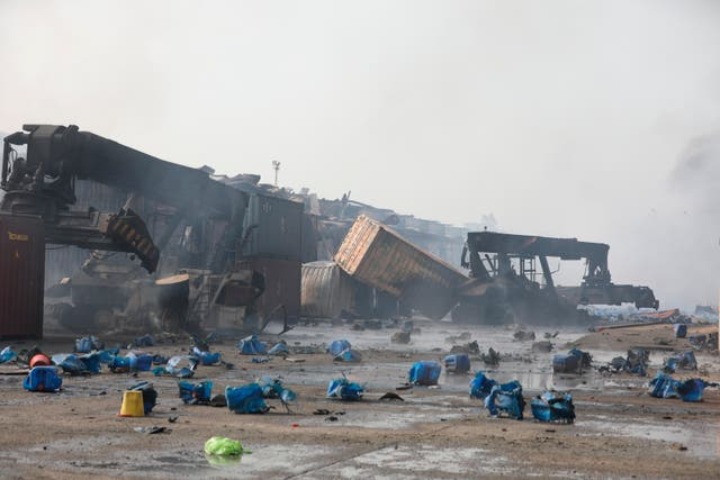
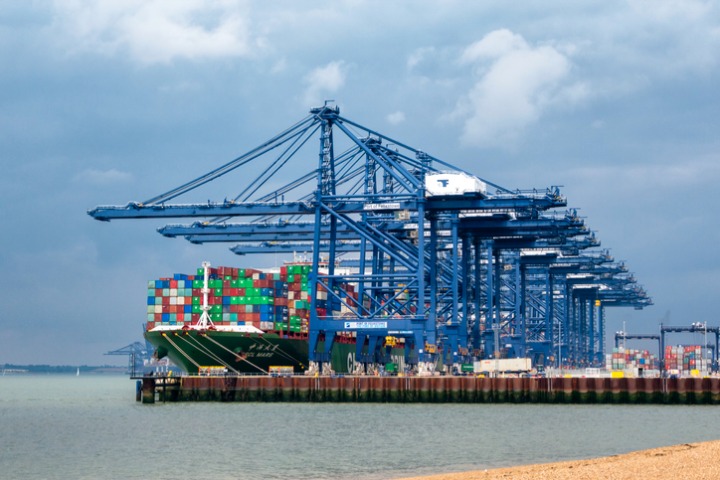
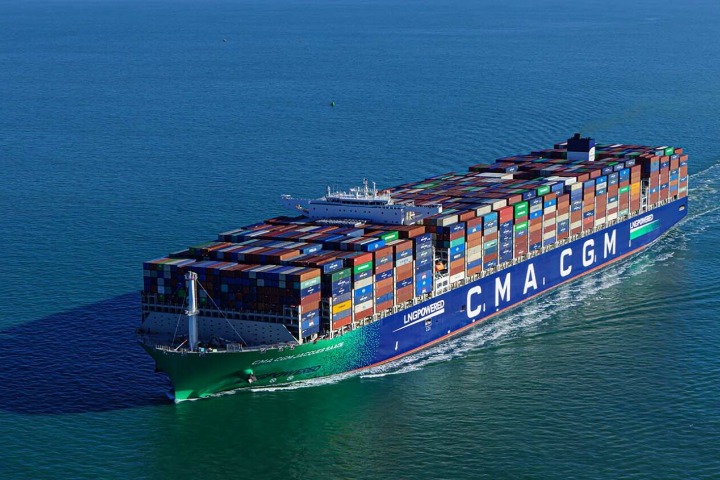
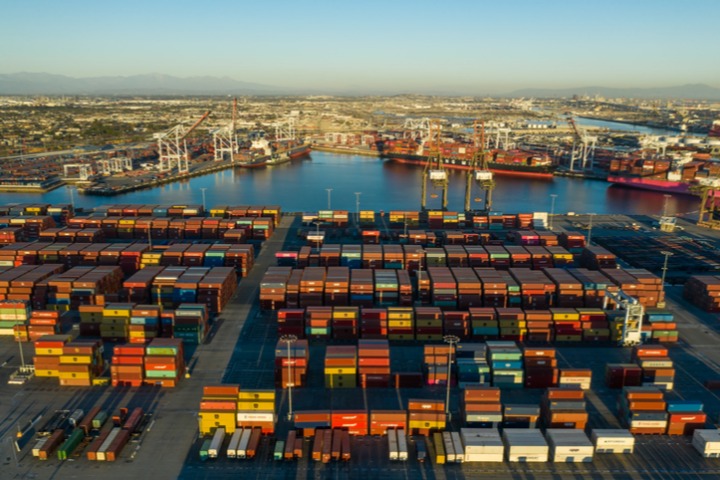
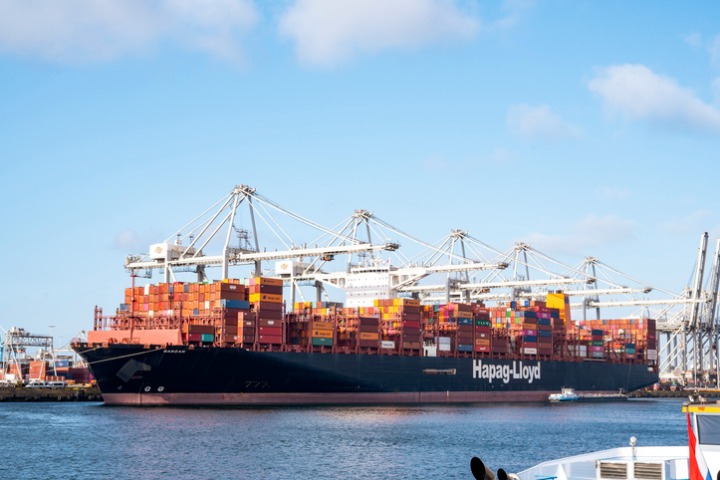
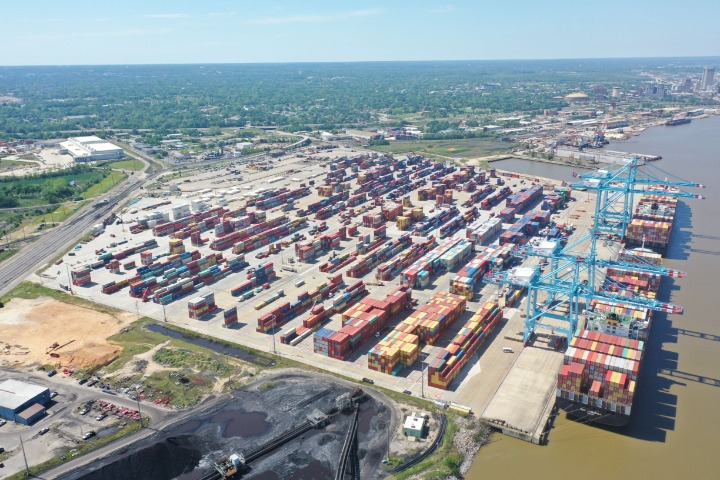
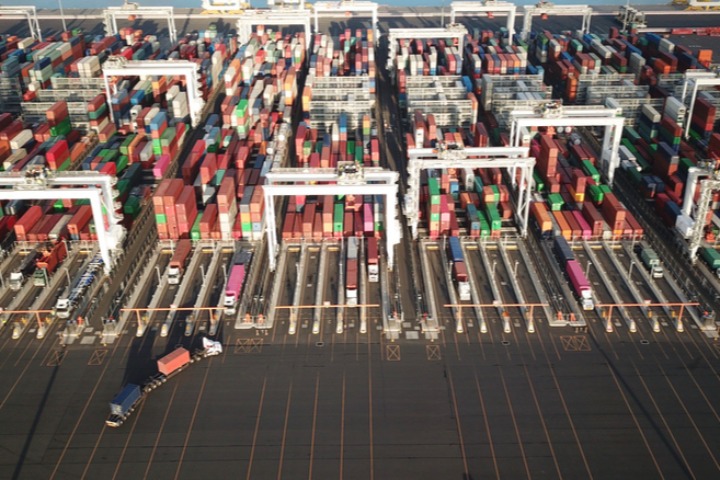
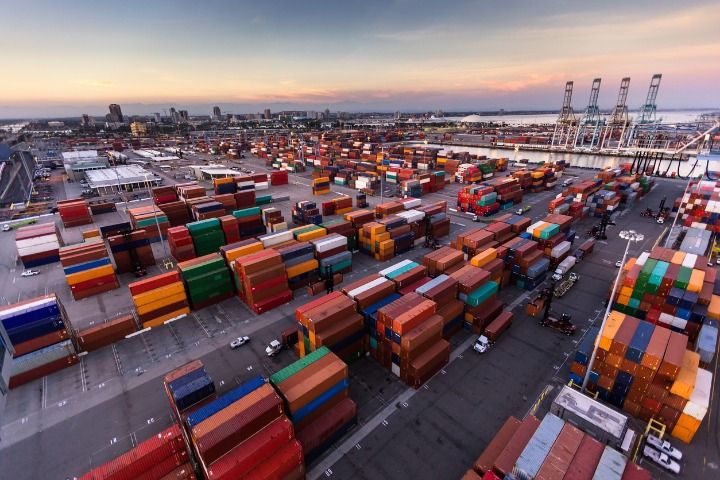
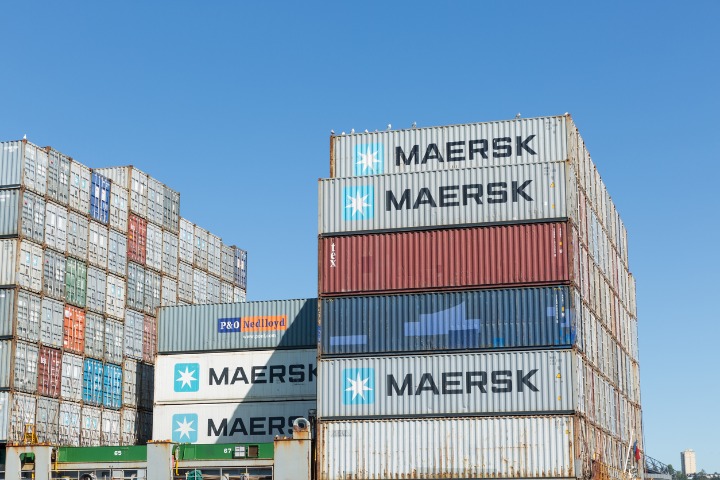
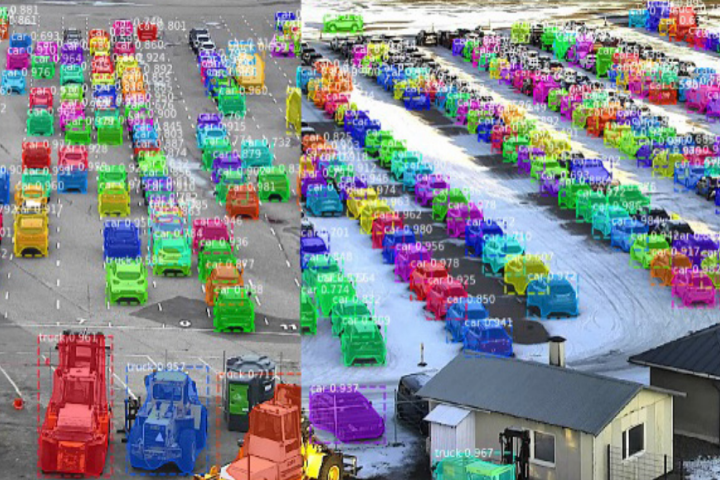













Comments